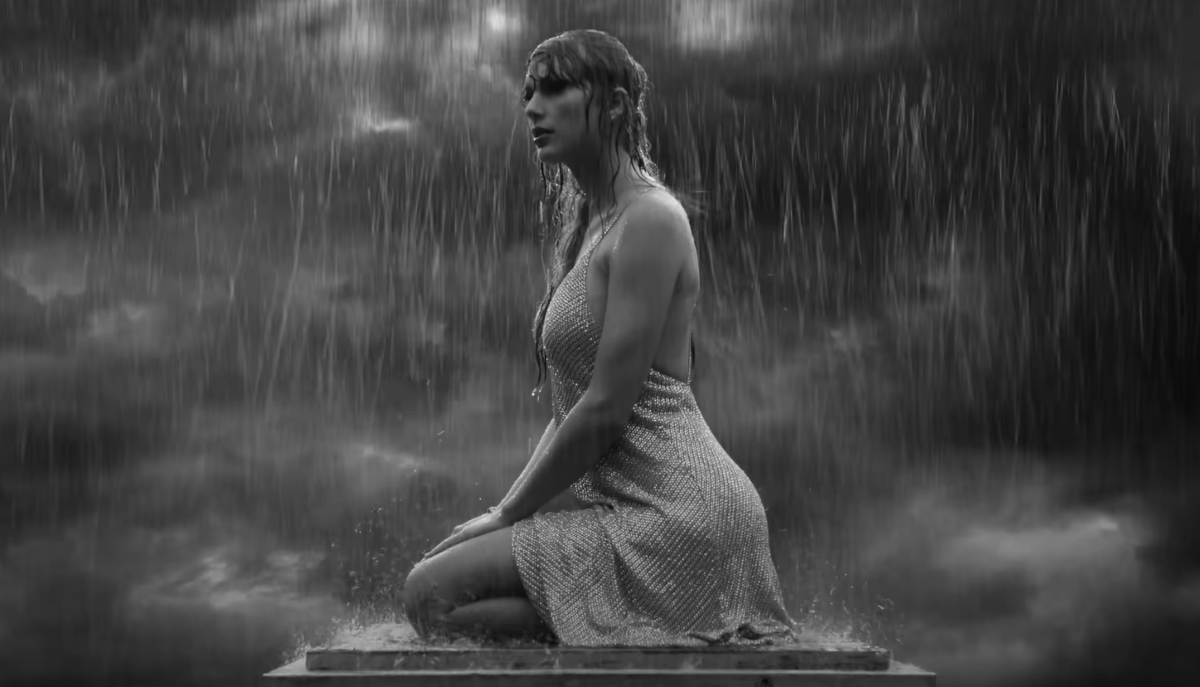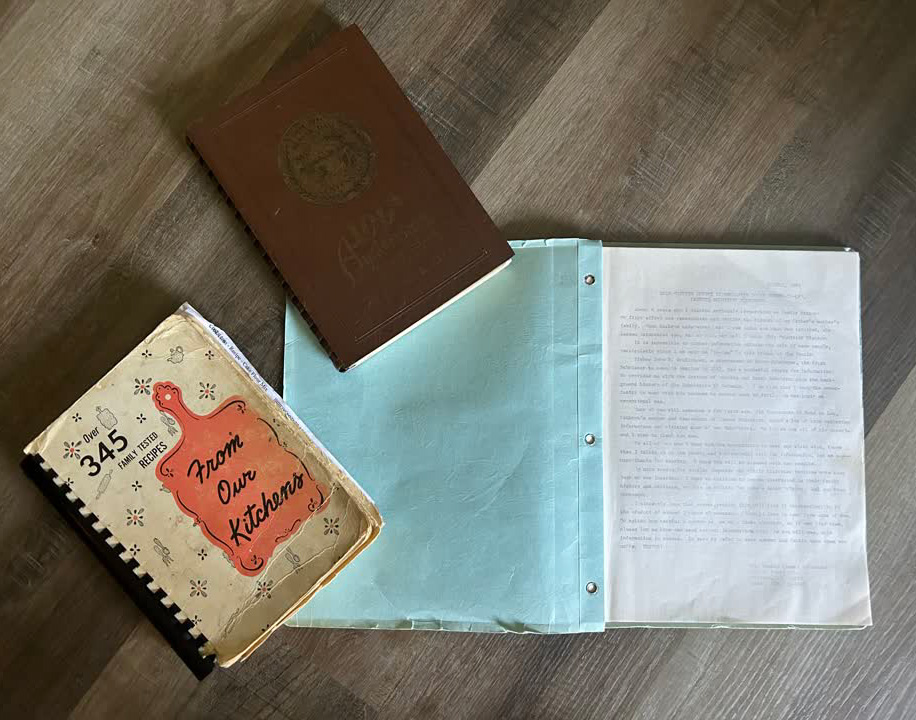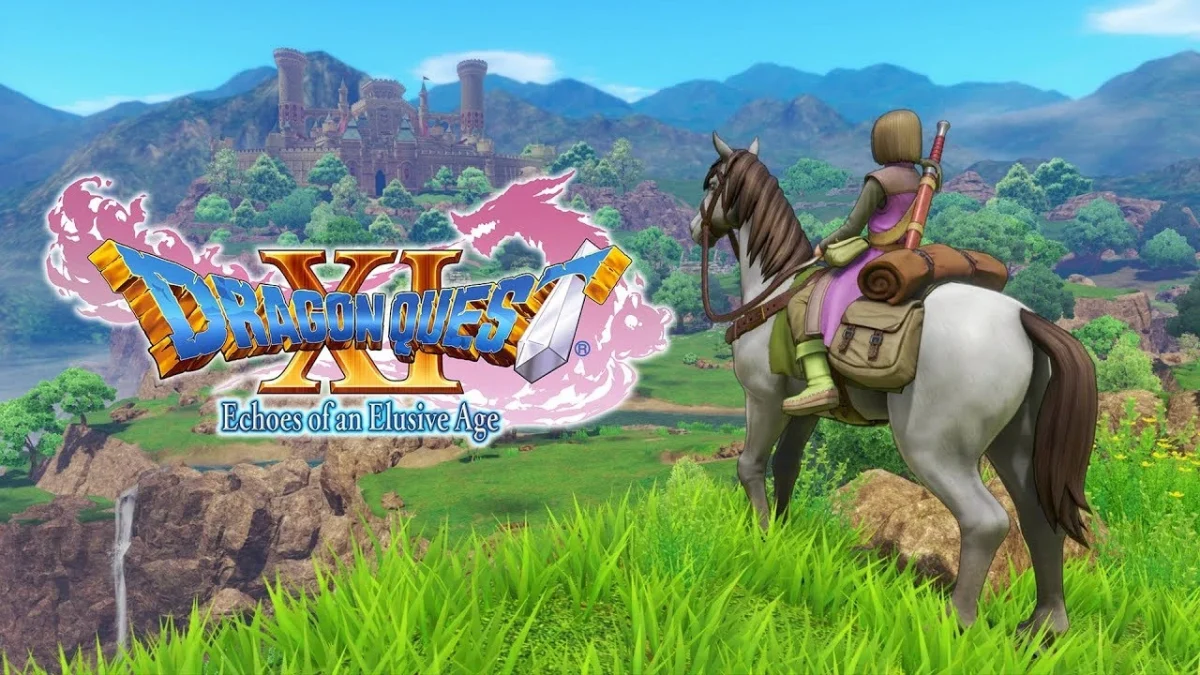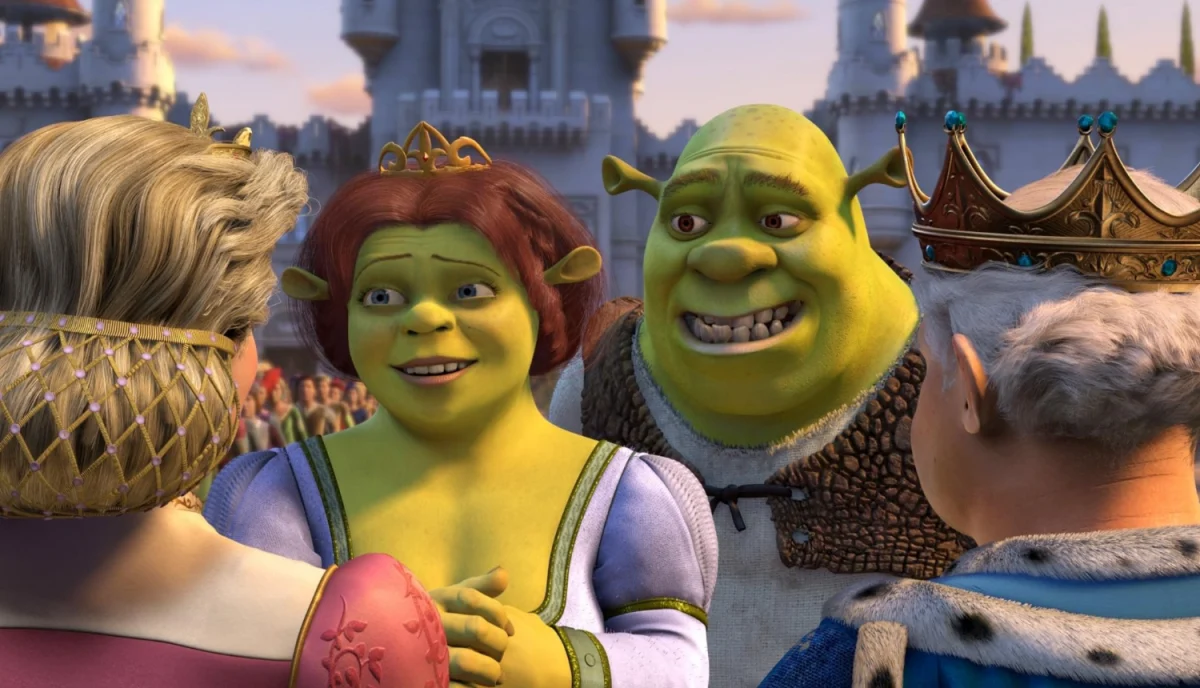 Chris Kemp
Chris KempPope John Paul II was seen in person by more people than any other figure in history; it is no wonder he is often called “The People’s Pope.”
“Pope John Paul raised the visibility level of the papacy to new heights and because of that was able to speak out boldly on matters of justice and peace. It was possible for him to speak truth to power,” Father George Szews, pastor of the Newman Parish at the Ecumenical Religious Center, said.
Wherever the pope went, thousands of the faithful would gather, and now millions are making the pilgrimage to Rome to pay their final respects. Surely no other figure in recent history has been such a beloved icon to so many.
There are, however, critics. The pope’s solid stances against abortion, women in the priesthood, gay marriage, the Cuban embargo, Communism and the death penalty earned him detractors on both sides of the political spectrum.
He never wavered to outside forces, though, and drew inspiration from his role model, the first pope, Saint Peter. In the Bible, in Matthew 16:18, it says, “thou art Peter and on this rock I will build my church.”
John Paul II saw it as his goal to uphold Peter’s legacy and be the rock that will endure no matter how strongly the waves of evil strike it. The fact of the matter is that John Paul II was beyond petty contemporary issues. The pope stood for eternal values that transcended politics, national borders and even religions. His great passions were defending life and freedom for all people the world over.
For many years the Pope was frail and suffered from several medical ailments. His character was as strong as ever, though, and even in his suffering he taught us that every life has value and dignity. On April 2, however, his battle with disease came to an end and he died due to septic shock and cardiocirculatory collapse. His health had deteriorated swiftly in the past two months. Unable to say mass during holy weak, he mustered the last of his strength to greet the worshippers in St. Peter’s. This Easter was his last.
Starting Monday, the public was allowed to pay their last respects to the late pope, after a somber procession of clergy and Swiss Guards led the body from the Apostolic Palace across St. Peter’s Square into the Basilica, where he lay in state until 10 a.m. on Friday morning when his funeral began.
Who was this man who became a hero to the oppressed, revered by Christians, and admired the world over?
John Paul II was born Karol Wojtyla in 1920 just outside of Krakow, Poland. He experienced many hardships growing up. Orphaned by age 20, he witnessed the horrors of Poland under Nazi control. However, he found strength by turning deeper to his faith after the Communist occupation of his country began.
Despite the Communist belief that, in the words of Karl Marx, religion was “the opiate of the masses,” Wojtyla became a priest. He advanced quickly and was appointed an Auxiliary Bishop of Krakow in 1958. He became the archbishop in 1964 and was consecrated a cardinal in 1967. His election to the papacy in 1978, after the sudden death of Pope John Paul I, broke four centuries of an Italian-controlled papacy and came as a shock to many. The decision was not without basis, though; the Church was reaching out to believers on the dark side of the Iron Curtain such as the devout Poles that Karol repented.
John Paul II lived up to and exceed expectations. During his 26-year papacy he visited over 120 countries, reaching out to everyone the world over. Not just Catholics, but all Christians, and not just Christians but Jews, Muslims and Buddhists. Ancient feuds were put aside as the various faiths acknowledged a respect for common values they shared.
He met with the poor and downtrodden as well as political leaders.
Father Szews said, “John Paul didn’t always agree with these men and told them so publicly, but they respected his stance and his moral courage in a wavering world.”
His trips to Eastern Europe brought hope to the people there, and it is no coincidence that within a decade of his election the Cold War came to a peaceful end.
He survived a 1981 assassination attempt and then went to the man who shot him and forgave him, changing that man’s life and demonstrating John Paul II’s rock solid commitment to his Catholic values. Simply put: he was a man who practiced what he preached.
His funeral was attended by many of the world’s political leaders including President Bush, Britain’s Prime Minister Tony Blair and the United Nations’ Kofi Annan, along with representatives from over 50 countries.
While his body lay in state it was estimated that up to 3 million pilgrims gazed upon it. The city of Rome, where the Vatican is located, has swelled to accommodate all of these people who flock to remember a world leader who championed for the oppressed.
For now, Cardinal Eduardo Martinez Somalo, as the camerlengo, is responsible for the church affairs until the College of Cardinals elect the successor of John Paul II.
The selection of the next pope is a longstanding procedure which is steeped in tradition. It begins with the announcement of the pope’s death and the calling of the cardinals to Rome. The mourning period for a pope is nine days and is called novendiales. Only cardinals younger than 80 are allowed to vote.
While in Rome, all cardinals who can vote begin the voting process called a conclave. This begins between 15-20 days after the pope’s death. All of the conclave’s proceedings are completely secret and all electing cardinals take an oath of secrecy. This takes place in the historic Sistine Chapel.
The new pope will typically come from the College of Cardinals. The Cardinals vote four times per day until a new pope is chosen by a two-thirds majority. This becomes a simple majority after 12 or 13 days. After every vote the ballots are burned if the majority has not been reached then special chemicals are added to the ballots so the smoke given off is black; however, if a pope is chosen special chemicals are added to create a white smoke, signaling to the world the next pope has been chosen.
It will be interesting to see who is chosen to lead the Catholic church. The College of Cardinals has a custom of selecting someone who is quite different than the previous pope. There is talk that, for the first time, the church will look beyond Europe, perhaps to Africa or Latin America, where Christianity is growing at an unprecedented rate.
John Paul II was a conservative who will be remembered for his unyielding loyalty to tradition within the Roman Catholic Church. It is likely that his successor will be too, but there will be many pressing social issues for the new pope to examine.
Whoever is selected will have a large task ahead of them as they try to replace the first pope of the media age. The church faces many problems. In the traditionally Catholic regions of western Europe, faith is fading fast in the secular societies. In the United States, the church is recovering from scandals and is facing a shortage of vocations. In the Third World, Christians are confronted every day with extreme poverty, and in some Communist and Muslim nations Christians are still facing persecution.
While the promise and challenge of a new pope is something to speculate, at the present moment it is best to reflect on the late Holy Father and all he accomplished.
Pope John Paul II once said, “Have no fear in moving into the unknown. Simply step out fearlessly knowing that I am with you, therefore no harm can befall you.”
This is Pope John Paul II’s way of saying he is not a symbol of the faith, but merely a servant to it. Pope John Paul II was a remarkable man who lived a remarkable life, he truly was “The People’s Pope.”
Pronley is a sophomore history major and a freelance columnist for The Spectator. Freshman history major Dan Schauer contributed to this column.






